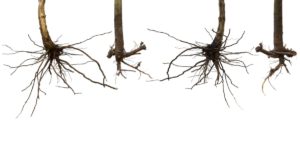Raspberries, they’re delicious, nutritious, and easy to find at the grocery store. If you’re planning to grow your own raspberries, you might be wondering if they have these tiny seeds – the ones that always seem to get stuck in your teeth! So, do raspberries have seeds?
Raspberries naturally have seeds. The seeds are used to help the plant reproduce. These also add fiber and other nutrients to your diet if you choose to eat them. However, if the seeds drive you crazy, there are some seedless varieties you can grow instead, or you can remove the seeds by hand.
While raspberry seeds are healthy for you and not totally unpleasant to eat, if you really hate them, there are ways to get the seeds out – or you can avoid the problem entirely by growing seedless varieties. Keep reading to learn more!
Do raspberries have seeds?
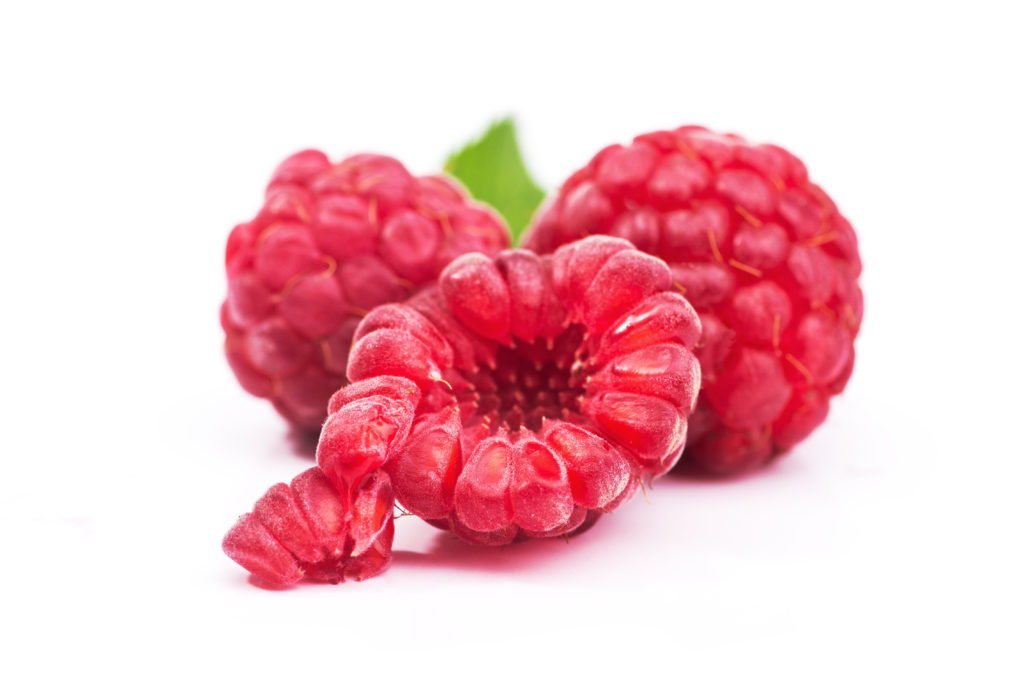
Yes, raspberries do have seeds. Thanks to the seeds, raspberries are very high in fiber. One cup of raspberries contains almost 9 grams of fiber. Besides fiber, raspberries are a good source of vitamin C, potassium, and folate.
Raspberry seeds are also essential in cosmetics and skincare products. The oil from the raspberry seeds is rich in vitamin E and omega-3 fatty acids. The seeds also possess a natural sun protection factor (SPF) of 25 to 50.
Raspberries also contain ellagic acid. Ellagic acid has been known to help protect the body from cancer. Raspberries are also very high antioxidants. Antioxidants help prevent the development of diseases like heart disease and Alzheimer’s disease.
Are raspberries seedless?

There are some varieties of raspberry that are considered “seedless.” The European raspberry, Rubus idaeus, is a prime example. However, most types of raspberries are not actually seedless. Typically they have fewer or smaller seeds.
Raspberries may not be seedless, but they can be thornless. There are many thornless and nearly thornless varieties, including Raspberry Shortcake, Mammoth Red, Joan J, Itsaul, Glencoe, Canby, Cascade Delight, Latham, Polka, and more.
Thornless varieties of raspberries are convenient for harvesting. You do not have to work with gloves or long sleeves. However, the fallback of (nearly) thornless raspberry varieties is that wild animals get more easily get to the tasty fruits.
Do raspberries have pits?
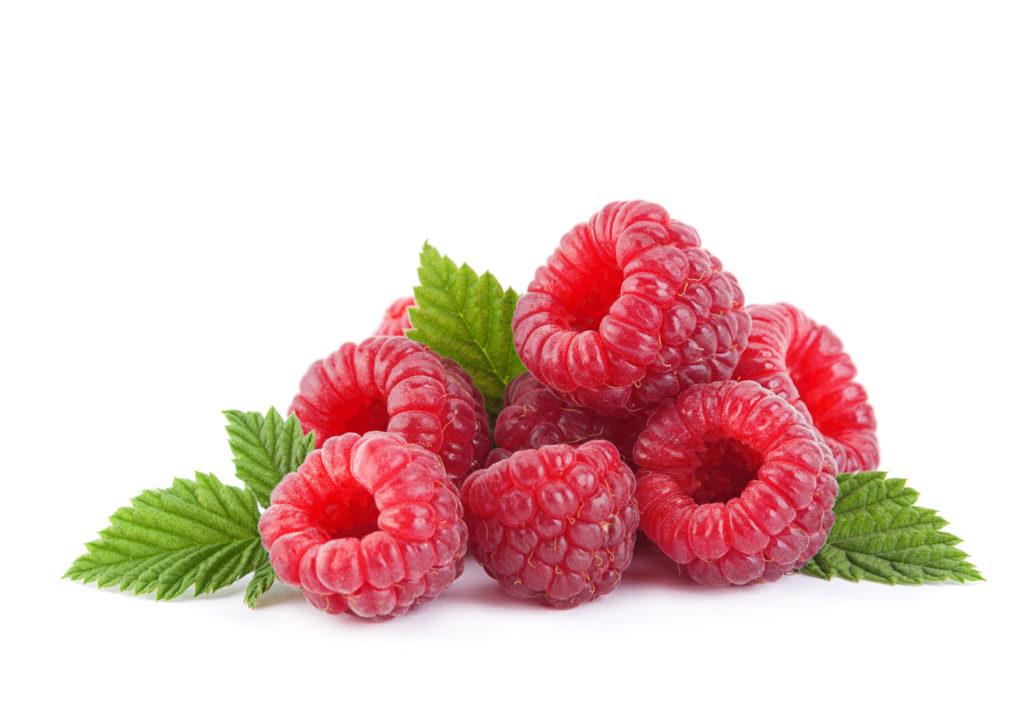
There are many types of fruits that have pits, which are technically types of seeds but are larger, harder, and generally easier to remove.
Raspberries are berry fruits. Typically, berries are pulpy, juicy, rounded, and brightly colored. Depending on the ripeness, they can be sweet, sour, or tart.
Berries do not have stones or pits. Because raspberries are berries, they don’t have pits.
Besides raspberries, the most popular berries are blueberries, blackberries, red and white currants, and strawberries. None of these have pits like fruits like cherries, peaches, or apricots do.
What part of the raspberry is the seed?
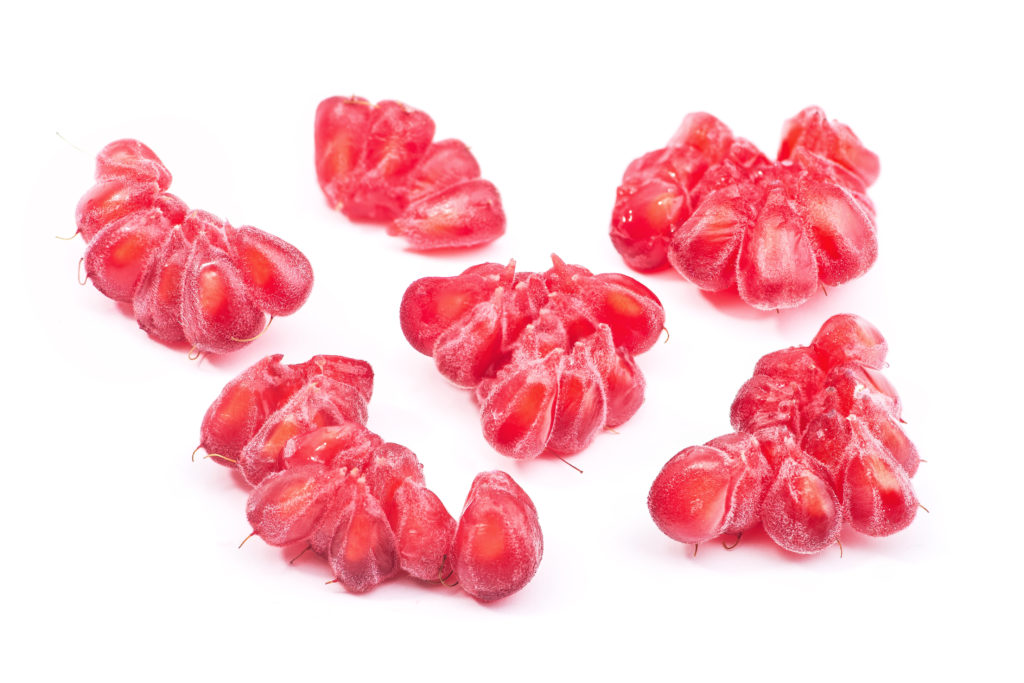
Raspberries are made up of bead-like and tiny fruits called drupelets. The drupelets are clustered around the central core of the fruit. Each one of the drupelets contains its own seed.
On average, a singular raspberry contains 100 to 200 seeds.
You can actually extract these seeds if you want to grow your own raspberry plants from seed. Most people grow raspberries from canes, allowing them to enjoy a quicker harvest. Starting raspberry plants from seed can be time-consuming but it’s relatively easy and less expensive, especially if you want to start a large orchard of raspberry plants.
To collect the seeds, you will need to separate several drupelets from the berry. Hold each drupelet between your thumb and forefinger, then squeeze. The seed should pop right out. You can then put the seeds on a paper towel to dry. Once dry, you’ll be able to go about planting them as you would any other type of seed.
Do raspberries have seeds on the outside?
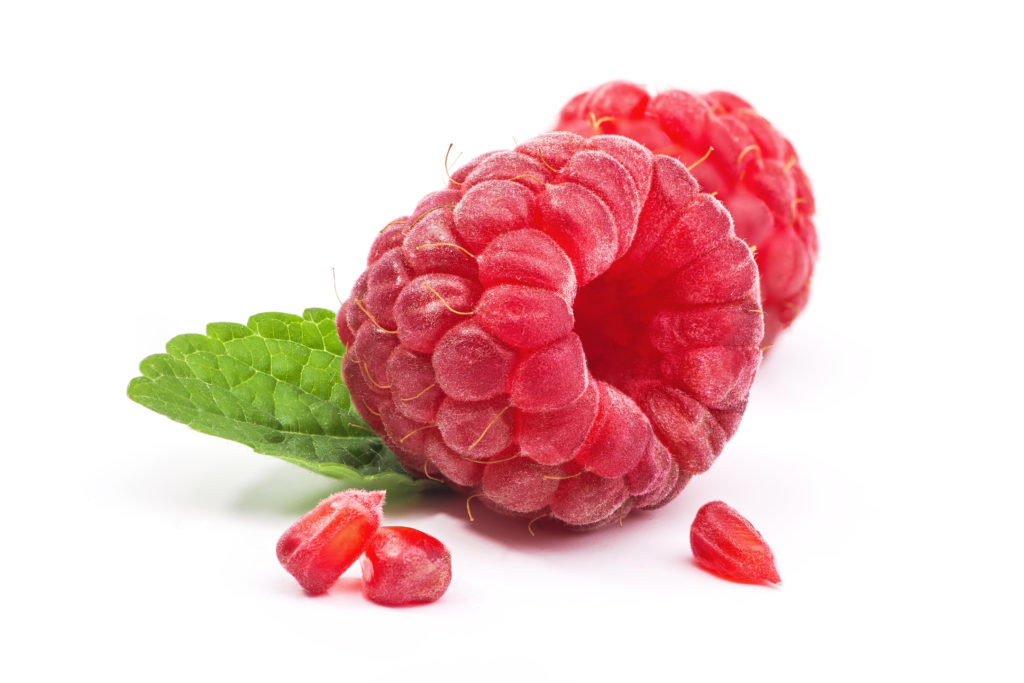
The seeds of raspberries are not contained within the center core of the fruit like apples. Instead, the seeds within the drupelets are located all around the outside of the fruit.
When a raspberry is ripe, they separate from the core, which remains attached to the parent plant.
Contrary to popular belief, raspberries do not continue to ripen after they are picked. They are not like other fruits that get sweeter with age.
How do you get the seeds out of raspberries?
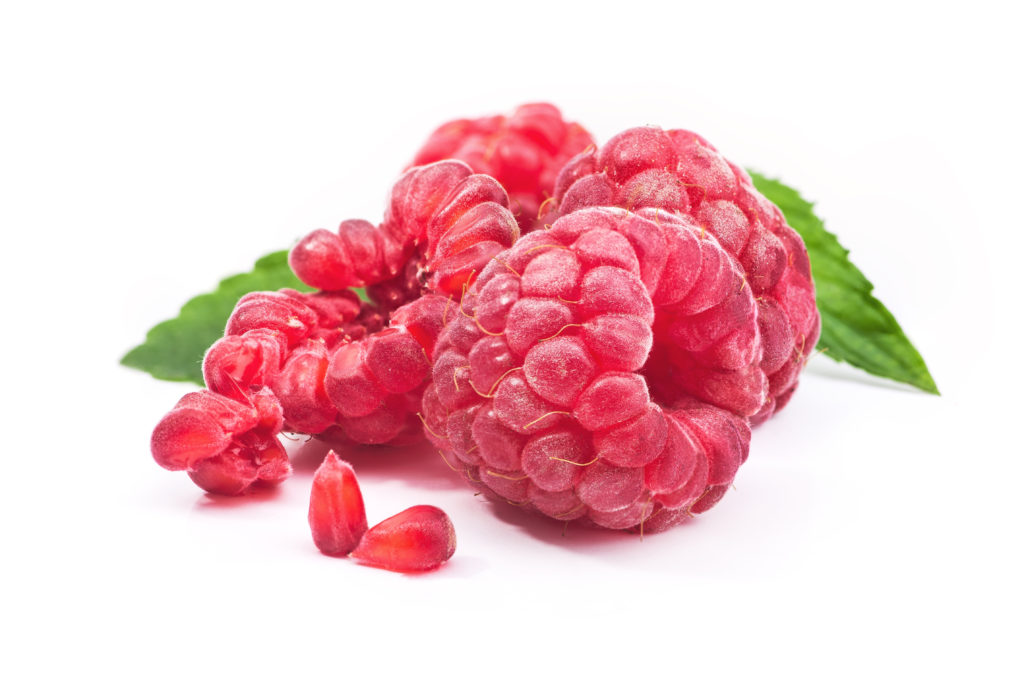
Raspberries contain a lot of seeds. Depending on the size, there could be hundreds of seeds within the drupelets. This can be a bit of a hassle when it comes to using the raspberries for purees, jams, jellies, and other preserves.
If you are one of those folks who do not like seeds in their desert, jam, or jelly, the good news is you can get the seeds out of raspberries.
Wash your raspberries thoroughly. However, avoid overwashing and soaking your raspberries. Too much water can make the raspberries mushy.
Pour the raspberries into a layer of paper towels to dry them and separate any other plant material that may have come with the raspberries. If you don’t like using paper towels, you can always dry them with a clean kitchen rag.
Pour the washed and dried raspberries into a food processor. Blend them until they are pureed. If you do not have a food processor, you can always just process the raspberries in a bowl with a fork.
Prepare a sieve or cheesecloth over a second bowl.
Pour the processed raspberries into the sieve or cloth. Mash the raspberries with a spoon to force the juice and pulp through and the seeds will stay behind.
Final thoughts
Raspberries do have seeds. They have a lot! Sometimes hundreds. It depends on how many drupelets the raspberry contains.
Most of the time, the seeds from raspberries are practically unrecognizable. When you eat raspberries, you may notice a slight crunch, but for the most part, they do not impact the flavor or eating experience.
Raspberries are very versatile fruits. Raspberries can be used in jams, jellies, sauces, salads, cakes, pies, cakes, cookies, muffins, desserts, pancakes, and scones. They are even popular in drinks like juice, punch, and smoothies.



